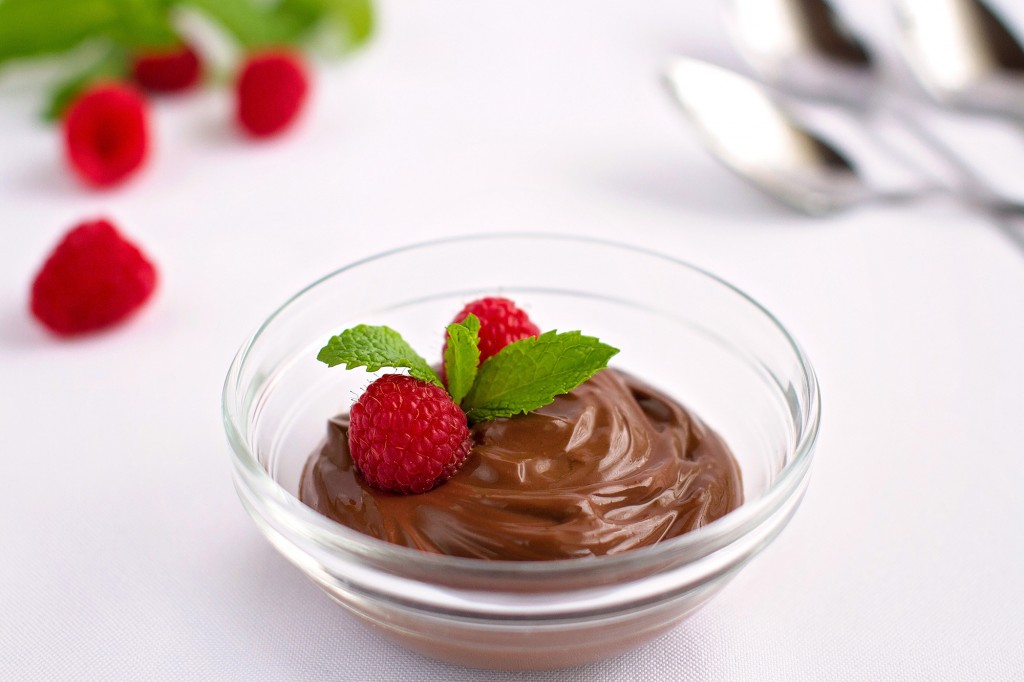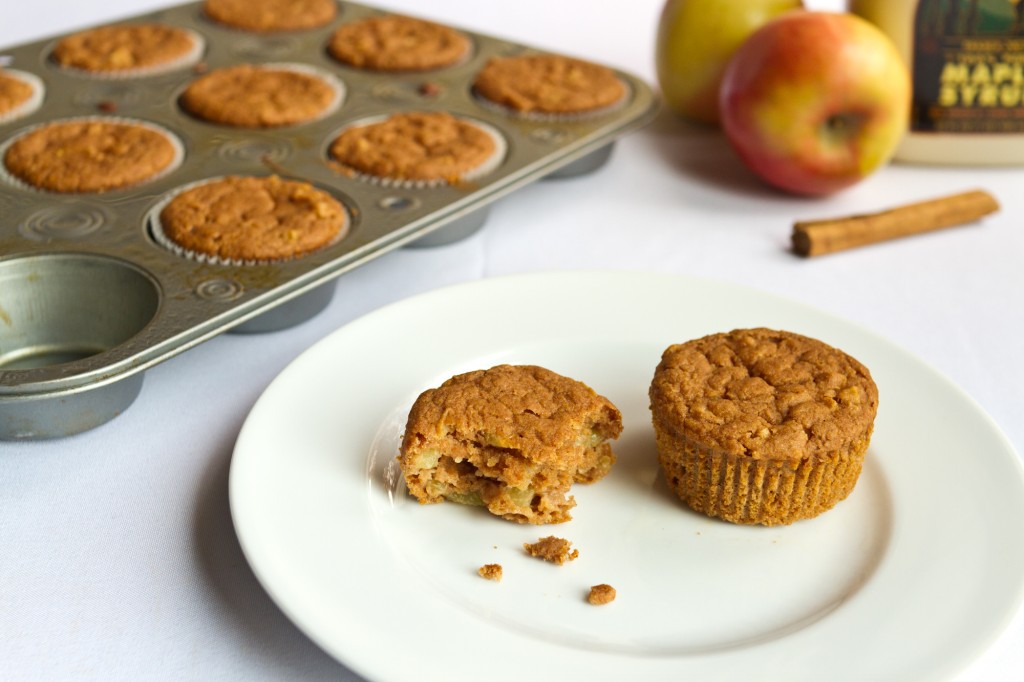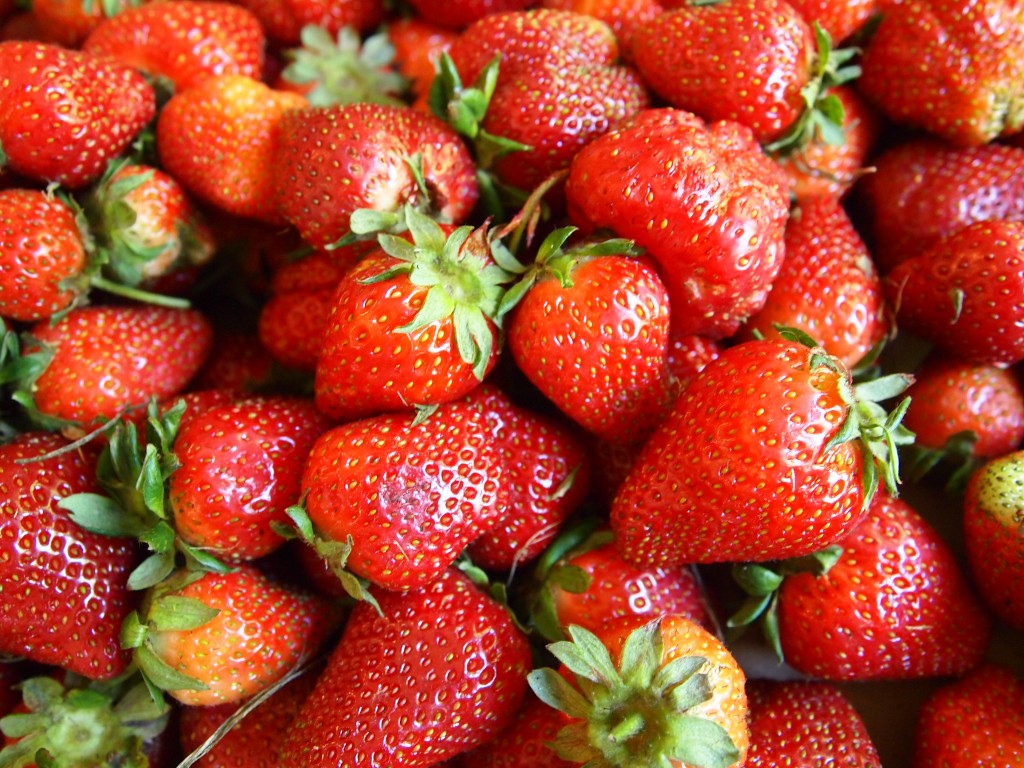
Healthy Holiday Baking: The Scoop on Flours
With all the varieties of flours these days, from gluten-free to soy to all-purpose flour, choosing the type of healthy flour to use for baking can be daunting. Here is a quick guide to help stock your pantry with the best choices for this holiday season and throughout the year. Since there are so many flours now available, this article just touches on the most popular flours in the market. There are many others to explore and we’ll update you with more in the future.
Whole grain flours are a healthier choice over refined white flour because of their nutrition density.
Whole Grain Flours
Whole grain flours are a healthier choice over refined white flour because they contain more fiber and nutrients. The term “whole” grain indicates it has the three essential parts of the grain: the bran (outer layer), endosperm (middle layer), and the germ (inner layer). The bran and germ are the most nutritionally dense part of the grain. Whole grain flours provide a good source of fiber and nutrients such as B vitamins, magnesium, and phytochemicals, including lignans and phenolic compounds.
During processing, refined white flour is ground and the bran and germ are stripped out. This leaves only the endosperm, which is mostly carbohydrates with minimal nutrients and fiber. Refined flours are then “enriched” with nutrients such as iron and B vitamins during manufacturing, but this process only provides a fraction of the nutrition that was removed.
Whole Wheat Flour: This whole grain flour is made from red wheat and retains the bran and germ, which provides a good source of fiber and nutrients with twice the calcium, and 25% more protein than white refined flour. Whole-wheat flour can usually be substituted for part or the all-purpose flour in most recipes; however, this will result in a tougher texture. When completely substituting whole-wheat flour for white, use 7/8 cup whole wheat for one cup of white flour.
White Whole Wheat: The term white flour is often referred to as refined flour; however, white whole wheat is a whole grain made from a lighter color of wheat that is milder in flavor. This can be a great alternative to using refined flour since it is less dense with a softer texture than whole wheat, but it still has many of the nutritional benefits. Since this flour has less strongly flavored phenolic compounds, it has a slightly sweet flavor, making it good for bread, muffins, cake and pancakes.
Whole Wheat Pastry Flour: It is milled from white wheat flour instead of red wheat, making it lighter and tender, which works best for muffins, pancakes, cupcakes, cakes and biscuits. It still has the endosperm, bran and germ intact however is slightly lower in protein and gluten than whole -wheat flour. It works well with recipes that use baking powder or soda.
Ornish Recipes for whole wheat pastry flour:
Apple Spice Muffins (See Sample Menu 2)
Stone Ground Flour: Traditionally, flour was ground using stone wheels, but today most mills use a steel roller to mill the flour. This process still leaves the bran and germ, and therefore maintains the nutrition. It can be used to replace other whole grain flours and provides a lighter texture because it is milled more finely.
Dark Rye Flour: This is a coarse, whole grain gluten-free flour made from rye berries that has the deep, robust, earthy flavor of rye. It is a good source of fiber and iron and contains all the nutrients and phytochemicals from the endosperm, bran and germ.
Light Rye Flour: Most of the bran and germ are removed to create a lighter and milder consistency and flavor.
Spelt Flour: Made from spelt, a species of wheat, it has a slightly nutty flavor. Spelt flour is higher in protein and fewer calories than wheat. It can be used in most recipes to replace wheat or whole wheat flour, but it does contain gluten. Be careful not to over-mix because it can break down.
Barley Flour: It has a sweet, nutty-like flavor, is a good source of fiber and rich in soluble fiber.
Vital Wheat Gluten: Not a flour, but worth noting here. Vital wheat gluten is made from washing wheat flour dough with water until the starches are dissolved, leaving just the protein and gluten behind. A small amount added to yeast bread improves the texture and elasticity of the dough for light, textured breads.
All-Purpose Flour: This basic flour is the most commonly used flour since it can be used in a whole range of baking. It is made by milling a mixture of hard and soft grains to produce versatile flour. It is most often made from wheat flour, but is also available in gluten-free combinations that provide a lighter texture for gluten free baking. A typical gluten-free all- purpose mix is made from rice flour, potato starch and sorghum flour, and then xanthium gum is added as a stabilizer.
Gluten Free Flours
Note: Flours can be cross contaminated with gluten, so to ensure flour is gluten-free, make sure to check if it is certified as gluten-free.
Oat Flour: Oat flour is light with slight nutty flavor. Oats are gluten-free; however, can often be cross-contaminated with gluten, so check that it is certified as gluten-free.
Rice Flour: Made from ground brown, wild or white rice, these flours are somewhat gritty but mild in flavor. Brown and wild rice flour contain more fiber and nutrients.
Sorghum Flour: This newly popular flour has a light color and texture, which makes it easily adaptable in many recipes that call for all-purpose flour. It also has a lower glycemic index and is a good source of plant protein, fiber, antioxidants and iron.
Buckwheat flour: This flour is made from buckwheat, which is gluten-free.
Teff Flour: Teff is a species of grass that has a sweet, slightly nutty flavor.
Potato Flour: Made from cooked, mashed potatoes that are dried and ground.
Potato Starch Flour: This is different from potato flour. It is made from grinding the potato pulp. It is often used as a thickening agent and to add texture.
Quinoa Flour: A highly nutritious flour; however, best mixed with other flour.
Bean Flours
Bean flours are increasing in popularity and a great alternative for those looking for gluten-free flour. They provide a good source of protein, fiber and nutrients, and can generally be substituted for half or the entire amount of other flours.
Garbanzo (Chickpea) Flour: Made from ground garbanzo beans, this flour is high in protein and fiber. It is a good thickener and provides a rich, dense consistency and flavor in baking.
Black Bean Flour: It is high in fiber and a good source of protein, iron, magnesium, and phosphorus. It has a rich earthy flavor and is good for making bean dip or burrito filling.
Fava Bean Flour: The tough skins are removed leaving the white creamy essence of the bean, which is milled to create this high protein flour. It is also a good source of fiber and iron. Fava bean flour can be substituted in place of wheat flour in most savory type recipes, and can be used in combination with garbanzo flour for gluten-free baking.
Soy Flour: Soy flour is higher in protein with twice as much as a typical all-purpose flour. It can be used as a good option to thicken recipes.
Nut Flours
Nut flours are higher in fat since they are made from nuts and not recommended on the Dr. Dean Ornish Program for Reversing Heart Disease or Group 1 of the Ornish Spectrum due to this higher fat content.
Almond flour: Since almond flour is made from blanched ground almonds, it is high in fat with 14 grams for ¼ cup and six grams of both protein and carbohydrates.
Coconut Flour: Coconut flour is made from dried coconut meat which is high in saturated fat with a gram of saturated fat per tablespoon. If you do use coconut flour for baking you cannot substitute coconut for wheat flour at a 1:1 ratio. They are not equivalent. Generally, substitute ¼ to 1/3 cup coconut flour for 1 cup grain-based flour. Coconut flour is dense, dry and very absorbent, so liquid may need to be adjusted depending on the recipe.
A Few Tips on Using Alternative Flours:
- For baking, sift the whole grain or other flours 2-3 times to incorporate air.
- When measuring flour, if you do not sift it, fluff it first with a spoon, then gently scoop it into a measuring cup without packing it down. Level it with a knife for precise measurement.
- When adding wet and dry ingredients, mix gently to lightly incorporate the flour. You may need to add a little more water when cooking with gluten-free flours.
- If using more than one type of flour in a recipe, combine the flours before adding them to the recipe.
- When starting to experiment with alternative flours, start with recipes that call for less than two cups of flour.
- Whole grain flours need to be stored in an airtight container, in a cool, dry place. They are best stored in the refrigerator or in the freezer to preserve freshness for about two to four months. Always return them to room temperature before using in a recipe.
For those striving to eat a healthier plant-based diet and avoiding refined carbohydrates, it’s good to have healthier options so you can still enjoy baked goods.







